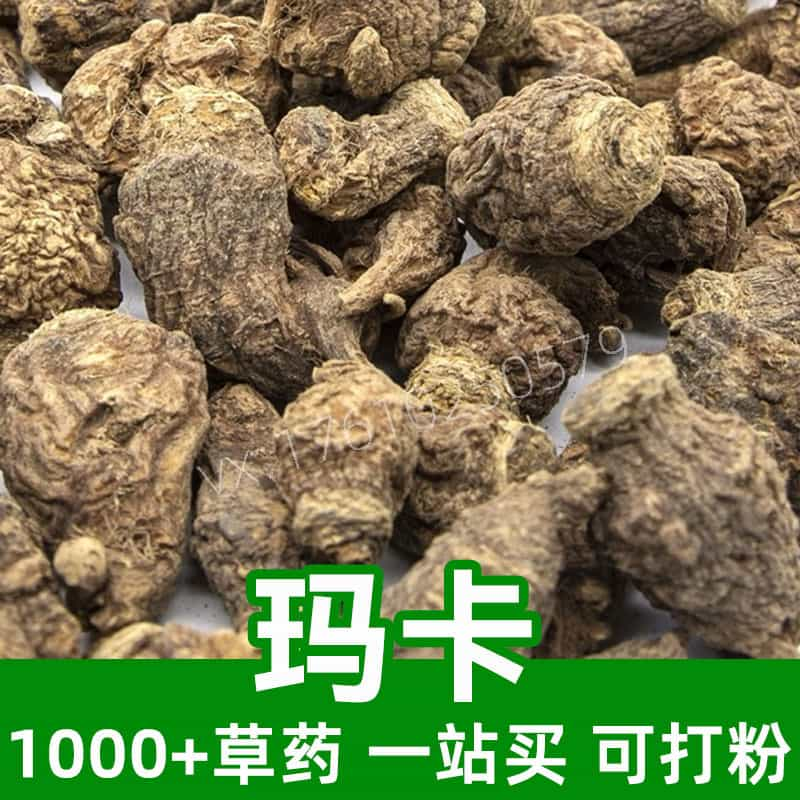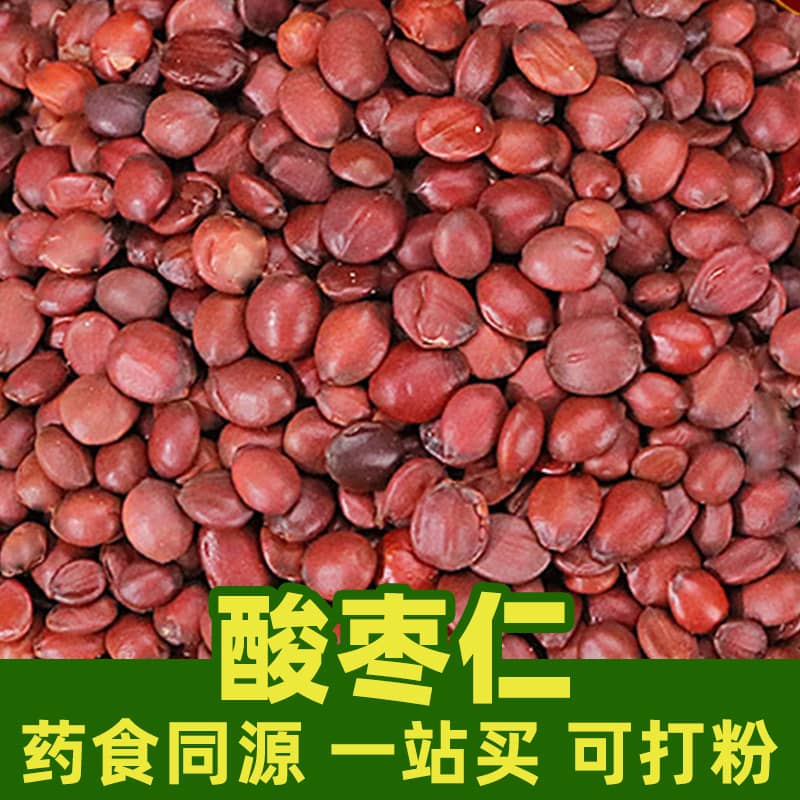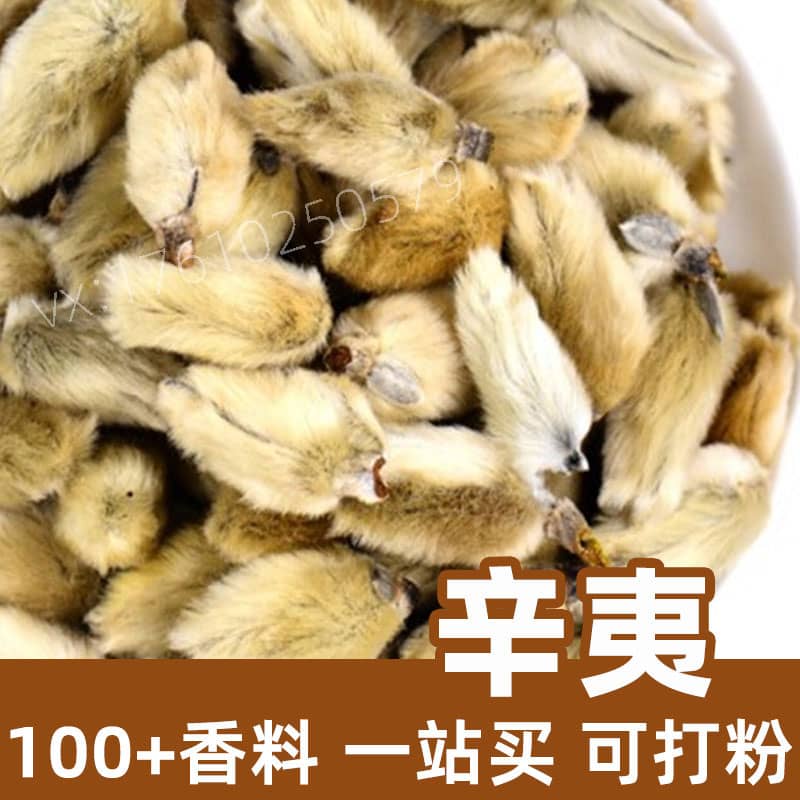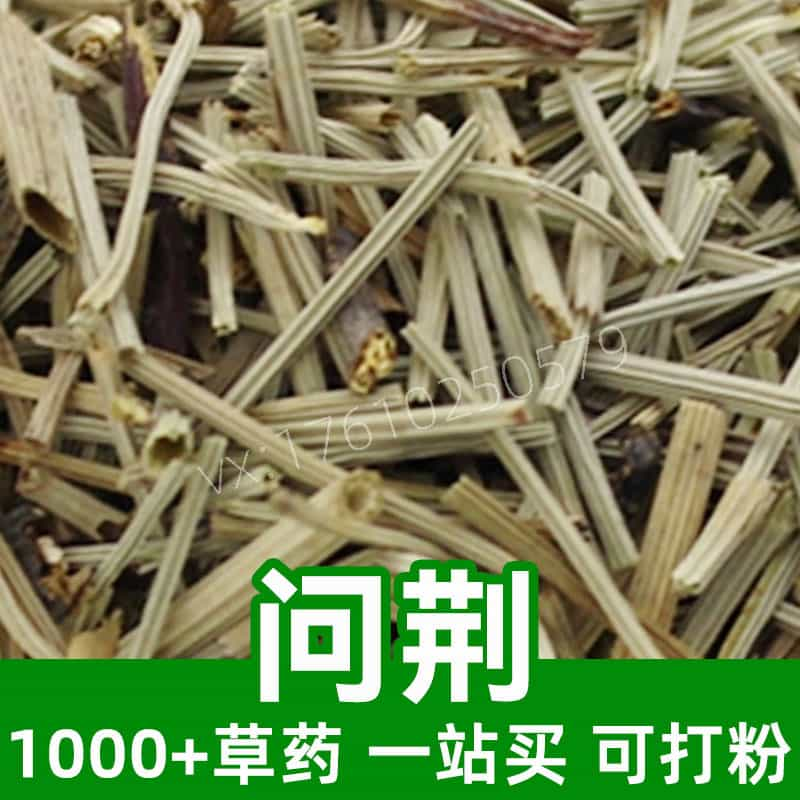Raspberry Leaf Product Overview
Raspberry leaves are medicinal plant leaves extracted from the raspberry plant, containing abundant polyphenolic compounds, essential oils, vitamin C, cellulose, tannins, and other active ingredients. Native to Europe and North America, raspberries grow widely in these regions. Raspberry leaves have a long history in traditional medicine, being used for heat clearing, detoxifying, soothing the lungs, relieving cough, reducing swelling, and more. Additionally, they are widely used in the food industry as an additive to improve the flavor and nutritional value of products.
Main Active Ingredients in Raspberry Leaves
Raspberry leaves are rich in various active components, with the primary ingredients being:
- Polyphenolic Compounds: Raspberry leaves contain abundant polyphenolic compounds, such as anthocyanins and flavonoids, which have strong antioxidant effects, helping to remove free radicals in the body and protect cells from oxidative damage.
- Essential Oils: Raspberry leaves contain small amounts of essential oils, which include aromatic compounds and other bioactive substances, known for their refreshing and mood-soothing properties.
- Vitamin C: Raspberry leaves are rich in vitamin C, which boosts immunity, promotes collagen synthesis, and helps maintain healthy skin while combating infections.
- Cellulose: The cellulose in raspberry leaves aids in promoting bowel movement, alleviating constipation, and supporting digestive health.
- Tannins: Raspberry leaves contain tannins, which have astringent, hemostatic, anti-inflammatory, and pain-relieving effects. They can be used for treating conditions such as mouth ulcers and skin inflammation.
As a medicinal herb, raspberry leaves are commonly used to clear heat and toxins, soothe the lungs, relieve coughs, reduce swelling, and promote overall health. Their various active ingredients work synergistically to support bodily balance, enhance immunity, and improve skin conditions.
Raspberry Leaf Applications and Dosage
Raspberry leaves have a broad range of applications in both traditional medicine and the food industry. They are mainly used for clearing heat, detoxifying, soothing the lungs, relieving coughs, reducing swelling, and more. Here’s a detailed look at their uses and dosage:
- Heat Clearing and Detoxifying: Raspberry leaves are known for their ability to clear heat and detoxify, helping with symptoms like wind-heat colds and sore throats. The leaves can be boiled into a tea or made into a raspberry leaf infusion.
- Soothing the Lungs and Relieving Cough: Raspberry leaves have a soothing effect on the lungs and are used to treat dry cough, minimal sputum, and throat dryness. They can be combined with other herbs in a decoction or steeped in water for a tea.
- Clearing Lung Heat: Raspberry leaves can clear lung heat, which is useful for treating symptoms such as cough with yellow sputum and fever. Often used in combination with other heat-clearing herbs like Scutellaria baicalensis and Forsythia suspensa, raspberry leaves are made into a decoction.
- Reducing Swelling and Dispersing Stagnation: Raspberry leaves have anti-inflammatory and swelling-reducing properties, beneficial for treating lymphadenitis, breast hyperplasia, and other conditions. The leaves can be boiled into a decoction or made into a topical poultice.
- Powder Form: Raspberry leaves can also be processed into a powder form, which is used in health supplements or medicinal products. Common forms include capsules, granules, and powders for oral consumption.
The typical dosage of raspberry leaves is 15-30 grams per dose, taken as a decoction or infusion. For specific symptoms or individual variations, the dosage can be adjusted as needed, but should be done under the guidance of a healthcare provider to avoid adverse reactions or interactions with other medications. When used in food, the amount is typically adjusted according to product formulations and consumption habits, often as an ingredient in teas, soups, or other dishes.
Raspberry Leaf Source Plant Overview, Distribution, and Growing Conditions
The source plant of raspberry leaves is Rubus idaeus, a perennial herb belonging to the Rosaceae family. The following is an introduction to the plant's features, distribution, and growing conditions:
- Plant Features:
- Raspberry is a perennial shrub with erect or creeping stems, growing 1-2 meters tall.
- The leaves are compound, typically consisting of 3-5 leaflets, with serrated edges.
- Raspberry leaves are usually deep green, glossy, with long petioles and soft texture.
- Distribution:
- Raspberry is native to temperate regions of Europe, North America, and Asia, commonly found in forests, thickets, and mountain meadows.
- In North America, raspberries are widely distributed in the northeastern, midwestern, and northwestern regions of Canada and the United States.
- In Europe, raspberries are found in the UK, France, Germany, and other areas, particularly in mountainous regions and moist forests.
- In Asia, raspberries grow mainly in the northern and eastern parts of Russia, China, and Japan.
- Growing Conditions:
- Raspberries thrive in sunny, fertile, and well-drained environments. While they are not particularly demanding in terms of soil quality, they prefer loose, moist sandy loam or loam soils.
- They are often found at the edges of forests, riverbanks, grasslands, and hills, typically at altitudes between 500-2000 meters.
- Raspberries are highly adaptable to cold climates and can withstand short periods of snow and frost, making them suitable for high-altitude regions.
In summary, raspberries are a hardy plant that grows in temperate and cold climates. Their growing conditions are not overly demanding, but they prefer sunny, fertile, and well-drained soils. Due to their edible fruits and medicinal value, raspberry plants are cultivated and found in the wild across various regions.
Raspberry Leaf Harvesting, Processing, and Storage
The harvesting, processing, and storage of raspberry leaves are essential for preserving their nutritional and medicinal properties. Below is a detailed overview of these processes:
- Harvesting Time:
- The best time to harvest raspberry leaves is during the plant's active growing period, typically in summer to early autumn, when the leaves contain optimal nutrients and medicinal properties.
- Harvesting Method:
- Select healthy leaves for harvesting, avoiding those that are damaged or affected by pests.
- Use scissors or handpicking to gently cut the leaves, taking care not to damage the plant and to maintain the integrity of the leaves.
- Processing:
- After harvesting, clean the leaves to remove impurities and soil, then dry them naturally or in a drying machine until the moisture content is appropriate.
- The dried leaves can be chopped, powdered, or prepared into tea forms for medicinal or food use.
- Storage:
- Store processed raspberry leaves in a cool, ventilated, dry area, away from direct sunlight and humidity.
- The leaves can be sealed in containers or stored in moisture-proof bags to prevent dampness and mold.
- Regularly inspect the leaves during storage; if any dampness or unusual odors are detected, they should be re-dried or the storage container replaced.
- Quality Control:
- During storage, monitor the color, smell, and appearance of the leaves. Any abnormalities should be addressed promptly.
- Keep the storage environment’s temperature and humidity under control to preserve the leaves’ quality and medicinal benefits.
Following these harvesting, processing, and storage steps ensures the preservation of raspberry leaves' nutritional and medicinal properties, extending their shelf life and ensuring they retain their effectiveness for future medicinal or food uses.
Monica Sun is a seasoned expert in the natural raw materials industry, with over a decade of experience specializing in traditional Chinese medicinal herbs, spices, and fungi. She is skilled in the sourcing, processing, and application of these materials, emphasizing sustainability and innovation. Monica Sun has contributed to the development of high-quality natural raw materials that serve as essential components in functional foods, pharmaceuticals, and cosmetics, delivering tailored solutions to meet diverse market needs.















